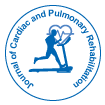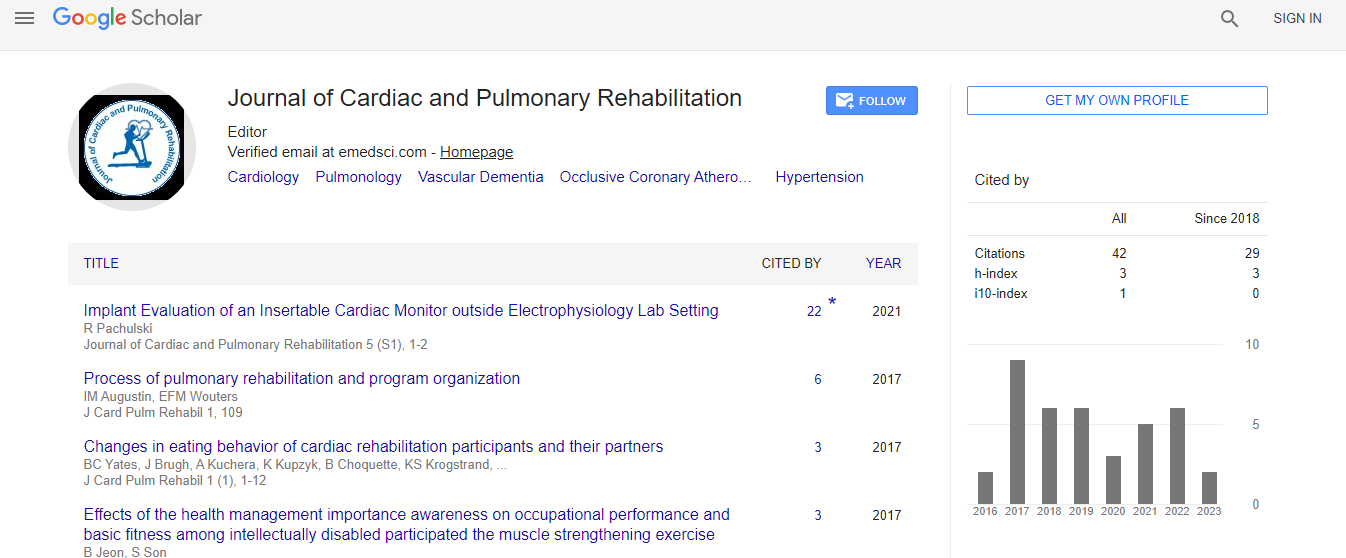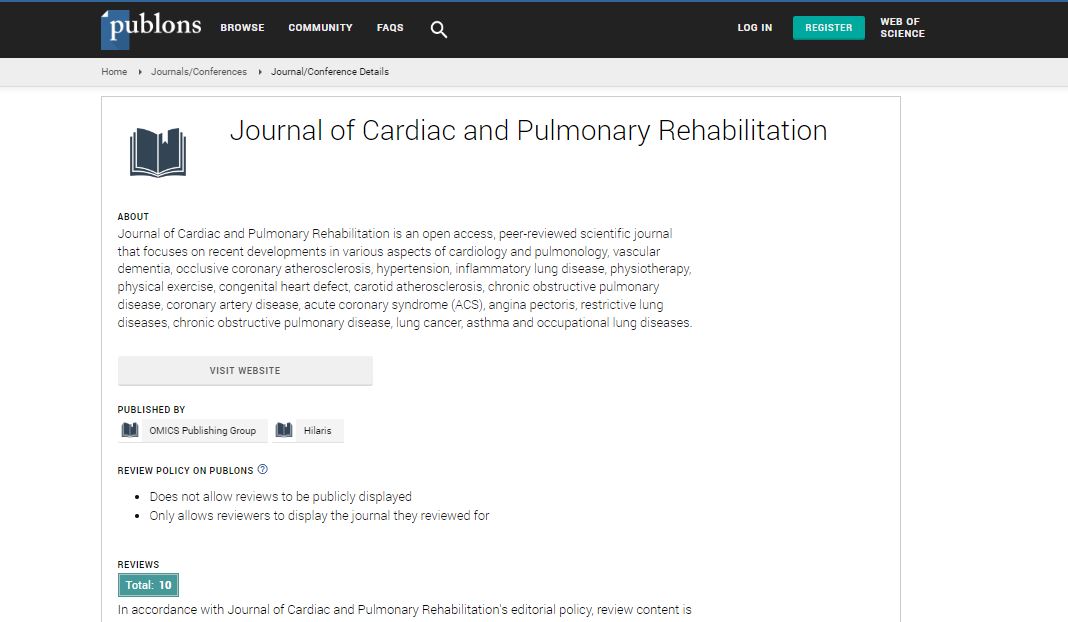Breathlessness Management and Dyspnea: Innovative Approaches in Improving Respiratory Function and Patient Quality of Life
*Corresponding Author: A. Müller Josef, Ludwig Boltzmann Institute for Lung Health, Vienna, Austria, Email: muller23@gmail.comReceived Date: Nov 05, 2024 / Published Date: Nov 29, 2024
Citation: Müller A (2024) Breathlessness Management and Dyspnea: Innovative Approaches in Improving Respiratory Function and Patient Quality of Life. J Card Pulm Rehabi 8: 289.
Copyright: © 2024 Müller A. This is an open-access article distributed under the terms of the Creative Commons Attribution License, which permits unrestricted use, distribution, and reproduction in any medium, provided the original author and source are credited.
Abstract
Breathlessness, or dyspnea, is a common and distressing symptom in a variety of medical conditions, significantly impacting patients' quality of life. Effective management of dyspnea requires a multifaceted approach, addressing both the underlying pathophysiology and the psychological burden of the symptom. This paper reviews innovative strategies for managing breathlessness, focusing on advances in pharmacological treatments, non-pharmacological interventions, and novel technologies. Key approaches include targeted medications to improve respiratory function, breathing exercises, physical rehabilitation, and the use of wearable devices for continuous monitoring. Moreover, the integration of psychosocial support, cognitive-behavioral therapy, and patient-centered care are crucial in alleviating the emotional distress associated with chronic dyspnea. This review also explores the potential role of artificial intelligence and telemedicine in enhancing remote management and personalized treatment plans. The article emphasizes the importance of a comprehensive, individualized approach to improving both respiratory function and the overall well-being of patients suffering from chronic breathlessness.

 Spanish
Spanish  Chinese
Chinese  Russian
Russian  German
German  French
French  Japanese
Japanese  Portuguese
Portuguese  Hindi
Hindi 
